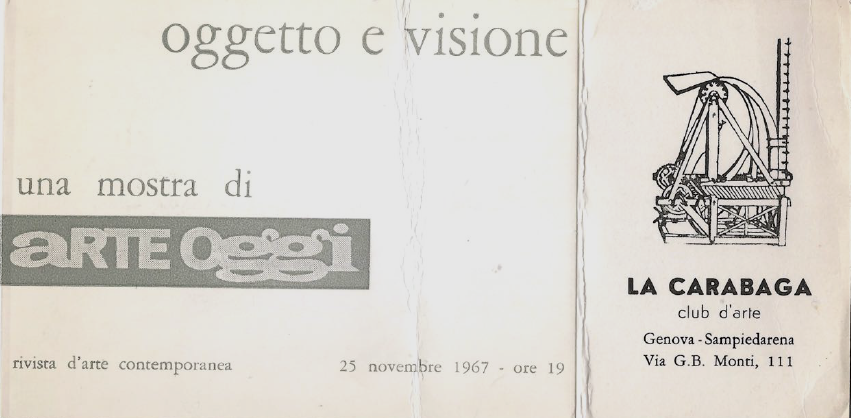Arte povera. Movement in motion
Keywords:
Arte Povera, Celant, Rauschenberg, Kaprow, GuerrillaAbstract
This essay aims to reconsider the origins of the Arte Povera movement, including the inaugural exhibition curated by the young critic Germano Celant in La Bertesca Gallery in Genoa in the months of September and October 1967 and the appearance of “Appunti per una guerriglia”, Celant’s second manifesto after the one written inside the catalogue for the Genoese exhibition, in the November-December issue of Flash Art. Firstly, the paper attempts to shed light on how Arte Povera was conceived in the wake of (primarily American) studies in different artistic fields, between the 1950s and 1960s, through the analysis of the exhibition at La Bertesca and the associated manifesto. Secondly, the movement’s decisive ideological shift in an anti-American direction, made by Celant in “Appunti per una guerriglia”, is highlighted and, moreover, analyzed in the light of a significant contemporary episode in the Genoese artistic debate. Finally, by examining Celant’s artistic guerrilla as the new operative principle of Arte Povera as an alternative to American art, the paper aims to demonstrate that, instead, the artistic guerrilla is akin to American Art, with Robert Rauschenberg’s combine painting and Allan Kaprow’s happening serving as points of contact.

Downloads
Published
How to Cite
Issue
Section
License
Copyright (c) 2023 Elephant & Castle

This work is licensed under a Creative Commons Attribution 4.0 International License.





